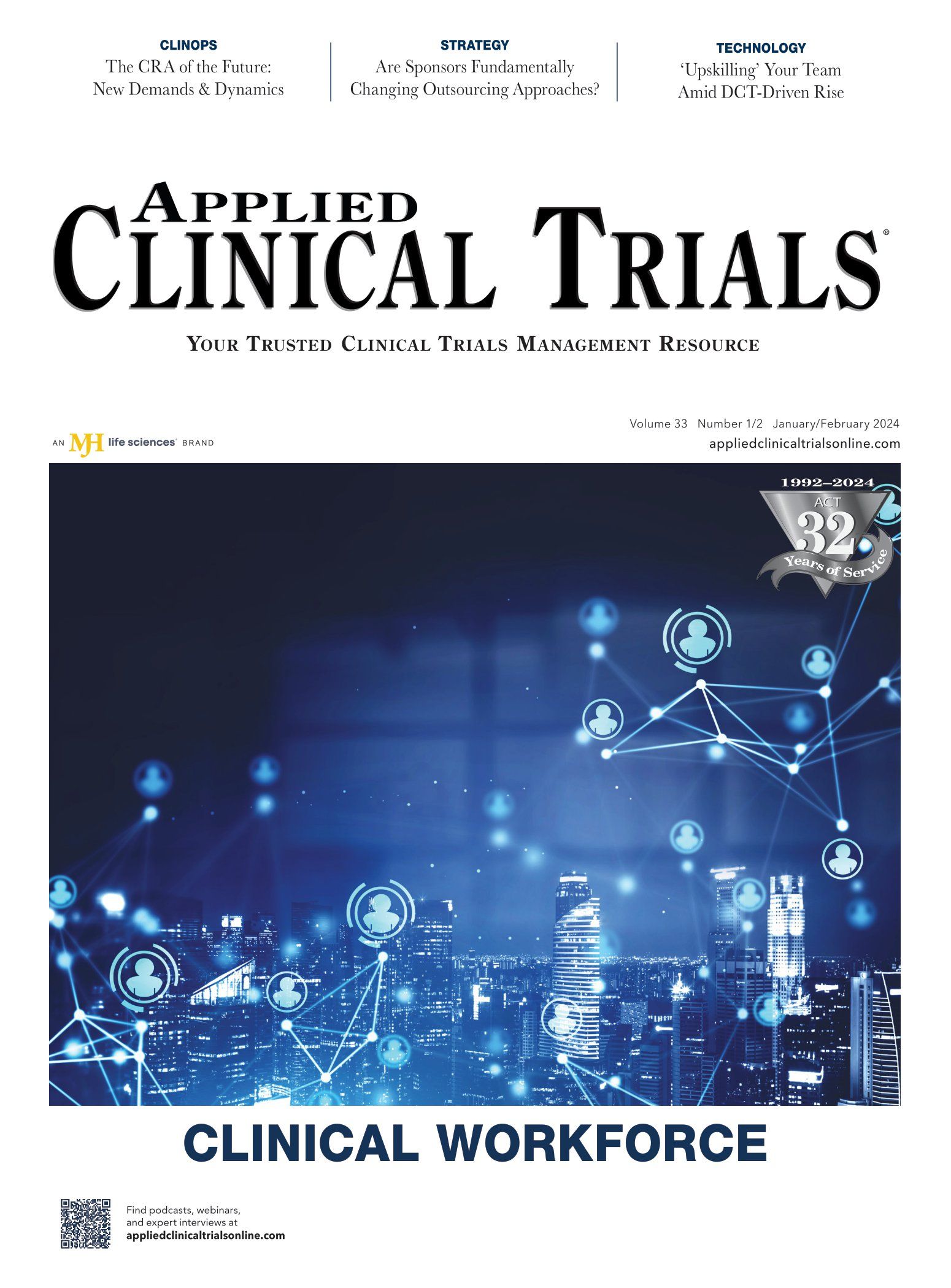The Winds of Change
The evolving role of the CRA is creating shifts in the clinical workforce.

Our first issue of 2024 focuses on the clinical workforce. Being a staple in our editorial calendar for a while now, this combined digital issue for January and February sets the stage for the coming year. We invite you to read through the insights and analysis concerning workforce trends in clinical development—and then look for the release of Applied Clinical Trials' and SCORR Marketing's biennial salary and satisfaction survey, which provides even deeper granularity into current workforce trends. Survey results, which will be available for download in the coming days, are telling of a shift in the clinical trials workforce. Respondents reported the highest rates of turnover and workforce reduction among clinical research professionals in the survey’s history, which dates back to 2017.
This leaves us with the question: what does the year ahead hold in store for the clinical workforce?
Our duo of features focused on that question begins with an exploration of how the clinical research associate (CRA) role is evolving. At the crux of this evolution is the emergence of more decentralized approaches in data collection. With less travel demand these days, CRAs may be in a position to become “site owners,” as our guest author, Helen Yeardley of ICON, puts it. This will allow them, she adds, to become more involved with day-to-day site operations and the introduction and implementation of remote CRA hubs. Speaking of decentralized approaches, there is an increasing demand on the clinical workforce to become more adaptable and proficient with advances in digital health technology. Our next feature focuses on this and how new tools in data collection, patient recruitment, etc. (along with new risks) are creating more responsibility for the clinical research community. These realities, the article points out, call for embracing new ways of processing and analyzing information to ensure the quality and integrity of the data is maintained.
With so much change in the clinical workforce occurring, it will be interesting to see where we are as an industry at this time next year. Could we soon be discussing the increasing use of artificial intelligence in drug development? Only time will tell.
These issues were front and center at this month's Summit for Clinical Ops Executives (SCOPE) conference, Feb. 11-14 in Orlando, Fla. Our ACT team was on hand to cover the action. Please head to our conference coverage page at appliedclinicaltrialsonline.com/latest-conference to check out on-site video interviews with key opinion leaders as well as session coverage from our editors.
As always, thank you for reading.
Mike Hennessy Jr, president and CEO, MJH Life Sciences®

Behind the Buzz: Why Clinical Research Leaders Flock to SCOPE Summit
February 7th 2025In this episode, we meet with Micah Lieberman, Executive Conference Director for SCOPE Summit (Summit for Clinical Ops Executives) at Cambridge Innovation Institute. We will dive deep into the critical role of collaboration within the clinical research ecosystem. How do we bring together diverse stakeholders—sponsors, CROs, clinical trial tech innovators, suppliers, patients, sites, advocacy organizations, investors, and non-profits—to share best practices in trial design, program planning, innovation, and clinical operations? We’ll explore why it’s vital for thought leaders to step beyond their own organizations and learn from others, exchanging ideas that drive advancements in clinical research. Additionally, we’ll discuss the pivotal role of scientific conferences like SCOPE Summit in fostering these essential connections and collaborations, helping shape the future of clinical trials. Join us as we uncover how collective wisdom and cross-industry partnerships are transforming the landscape of clinical research.
Reaching Diverse Patient Populations With Personalized Treatment Methods
January 20th 2025Daejin Abidoye, head of solid tumors, oncology development, AbbVie, discusses a number of topics around diversity in clinical research including industry’s greatest challenges in reaching diverse patient populations, personalized treatment methods, recruitment strategies, and more.